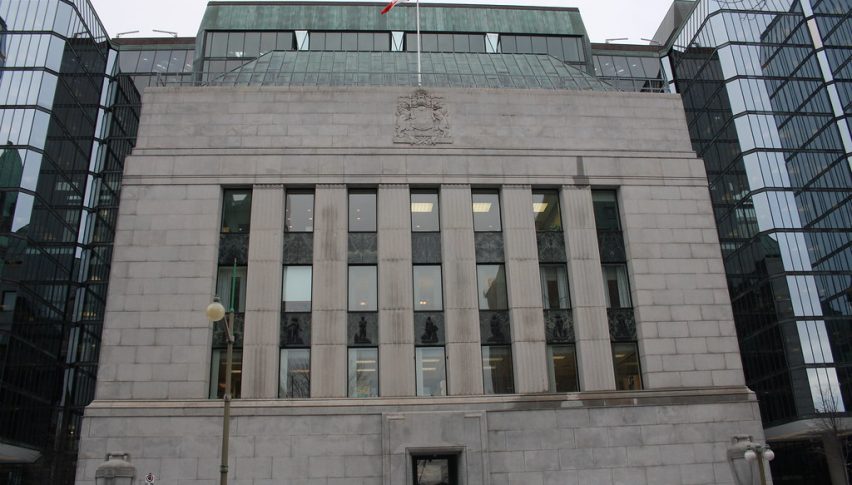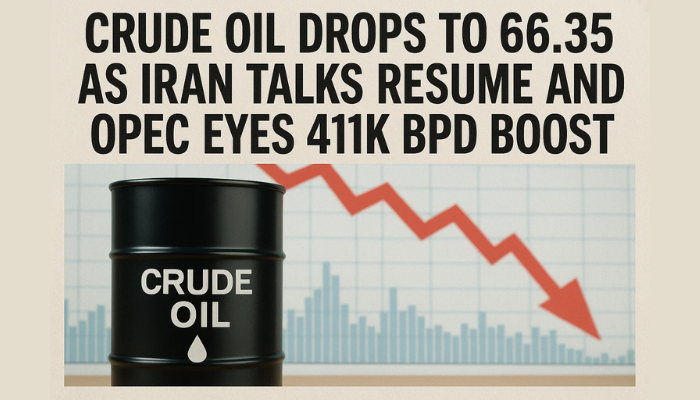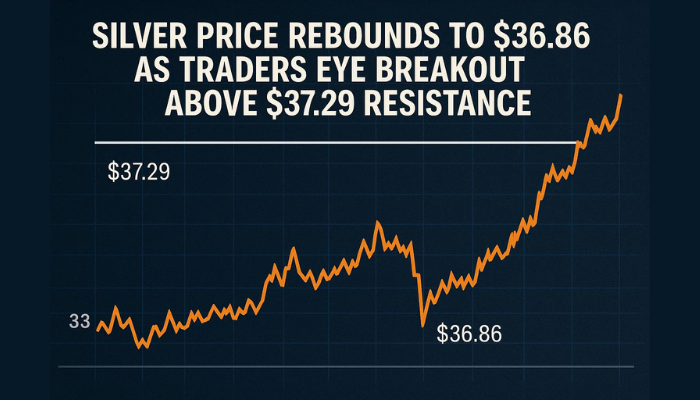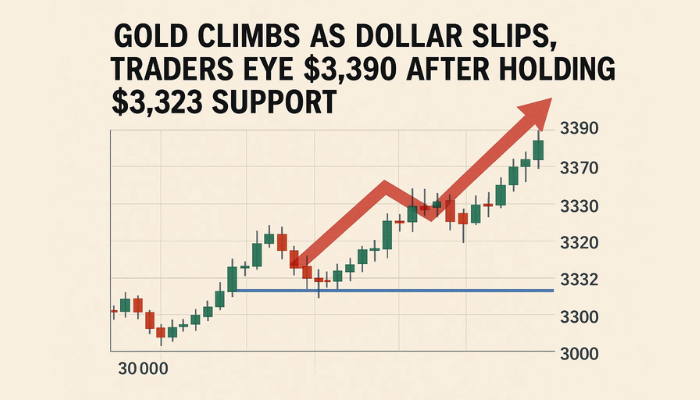Forex Signals US Session Brief, Feb 28 – Central Banks Get Ready to Cut Rates As Coronavirus Spreads
It seems like the Bank of Canada will be the first to cut rates due to coronavirus spread

Last year, many major central banks turned quite dovish and eased the monetary policy several times, as the global economy weakened due to the trade war between US and China, which hurt manufacturing and industrial production across the globe. Another reason for the slowdown was also these central banks hiking rates too fast in recent years, especially the FED. The economy started to recuperate in many countries in the last several months, but the outbreak of coronavirus returned fears of a global recession in the last few weeks, especially after breaking out of China.
Now, central banks are thinking about easing the monetary policy again. We heard the ECB sound dovish yesterday, while today other major central banks are thinking about cutting interest rates and the Bank of Canada might be the first to do so actually. Yesterday we also heard German officials mention increasing fiscal spending, but today they think remaining on a wait and see mode. Odds of the FED cutting rates next month have gone up to 100% almost and now markets are pricing in three rate cuts from them this year. The Canadian GDP report was also released today, but that didn’t have much effect on the CAD, as markets remain concentrated on coronavirus, with risk assets such as stock markets continuing to tumble lower.
The European Session
- OPEC to Cut Production by 1 Billion Barrels? – Reuters reported early this morning, citing OPEC sources on the matter, that OPEC is discussing additional output cut of up to 1 mil bpd now. That’s quite a large cut and i don’t think Russia will join in, so Saudi Arabia will have to do most of the work here.
-
ECB’s Vasiliauskas and Weidmann Speaking – Markets panicked this week, as coronavirus broke out in Europe. We have seen cases in previous weeks, but they were few and under control. Now, the virus has gone out of control in Italy in particular, and it is spreading in other countries in Europe as well. As a result, the ECB sounded concerned yesterday, calling for more fiscal spending from Eurozone governments, but today they seem a bit more relaxed. ECB members Vasiliauskas and Weidmann made come comments earlier today and they seems less concerned.
made come comments earlier today and they seems less concerned.
Comments by ECB governing council member, Vitas Vasiliauskas
- Doesn’t see anything ECB can do next month to respond to coronavirus
- Need to see first how the virus is affecting the real economy
- The virus is a very important aspect and possible risk
- Outbreak seems more like a supply shock in the beginning
- But now the reaction is ‘very active’, can also expect demand-oriented shocks
- ECB must observe the situation very carefully
- Does not think that the ECB can do something in the March meeting
- Says “we are living in the regime of wait and see”
Comments by ECB governing council member, Jens Weidmann
- ECB must not lose sight of exit from loose monetary policy
- Coronavirus effect can’t be measured yet
- Some virus-related risks will materialize in Germany
- An epidemic in Germany would have direct economic consequences
- Current inflation target is understandable, forward-looking, realistic
- Accommodative policy is needed but must not lose sight of exit from loose policy
- No need for immediate monetary action due to coronavirus
- Hard to say if rate cut would have impact on spending
- Germans Postpone Fiscal Spending – The European Central Bank has been calling for European governments to increase fiscal spending, to help the economy, alongside the monetary measures that the ECB took last year, such as lowering deposit rates to -0.50% and restarting the QE programme again. We know those calls are directed at Germans, because Italians and the French are forever in debt. Yesterday we heard some German official release a report, saying that they might increase fiscal spending, as coronavirus advances. But, today we are hearing rumours that there won’t be an increase in spending, since cases of coronavirus in Germany are still low.
Comments by a German economy minister’s spokeswoman
- German government says that no stimulus package is currently planned
- Too early to assess economic damage from the virus outbreak
- There are no signs of any supply bottlenecks
US Session
- Canadian GDP Report – The GDP report from Canada for December has been released and it beat expectations, showing a 0.3% expansion in the economy. The report leans towards the positive side and the CAD jumped 20 pips higher, but has stalled now.
- Q3 was +1.3% annualized (revised to +1.1%)
- December GDP m/m +0.3% vs +0.1% expected
- November GDP was +0.1%
- December GDP y/y +1.9% vs +1.6% expected
- Nov y/y was +1.5% (revised to +1.6%)
- Growth in 2019 was 1.6% vs 2.0% in 2018
- US January PCE Core Price Index – The core PCE price index has been growing pretty slowly at 0.1% per month for a long time in the US. But, in December we saw a jump to 0.2% and expectations were for another 0.2% increase for January. But it missed expectations.
- Prior was 1.7%
- PCE core MoM +0.1% vs +0.2% expected
- Prior MoM +0.2%
- Deflator YoY +1.7% vs +1.8% expected
- Prior deflator YoY +1.6%
- Deflator MoM +0.1% vs +0.2% expected
- Prior MoM deflator +0.3%
Consumers spending and income for January
-
US Personal Income and Spending – The Consumers spending and income for January was released at the same time:
- Personal income +0.6% vs +0.4% expected. Prior month +0.2%
- Personal spending +0.2% vs +0.2% expected. Prior month +0.3% (revised to +0.4%)
- Real personal spending +0.1% vs +0.2% expected. Prior month +0.1%
- Coronavirus Update –
Country,
Other
Total CasesNew
CasesTotal
DeathsNew
DeathsTotal
RecoveredSerious,
CriticalChina 78,832 +335 2,788 +44 36,455 7,952 S. Korea 2,337 +571 13 24 10 Diamond Princess 705 6 +2 10 34 Italy 655 17 45 56 Iran 388 +143 34 +8 73 Japan 226 +12 5 +1 32 13 Singapore 96 66 8 Hong Kong 93 +1 2 18 6 Germany 60 +11 16 2 USA 60 6 1 Kuwait 45 +2 France 41 +3 2 11 1 Thailand 41 +1 22 2 Bahrain 38 +5 Taiwan 34 +2 1 5 1 Spain 33 +8 2 2 Malaysia 25 +3 20 Australia 24 +1 15 U.K. 19 +3 8 U.A.E. 19 5 2 Vietnam 16 16 Switzerland 15 +7 Canada 14 3 Macao 10 6 Iraq 7 Sweden 7 Oman 6 Austria 5 Croatia 5 +2 Greece 4 +1 Israel 4 +1
Trades in Sight
Bearish EUR/CHF
- The main trend is bearish
- The retrace higher ended on H4 chart
- The 2-0 SMA provided resistance
- The sentiment remains negative
.png)
The 20 SMA is stopping the climb for EUR/CHF
EUR/CHF has been on a bearish trend since May last year, as the global economy stared to weaken again, after a short-lived recuperation in Q2 of 2018 and sentiment turned negative. We saw a slight retrace higher in the last several months in this pair, as the sentiment improved a bit due top the Phase One trade deal.
But the decline resumed again in January this year, as the sentiment deteriorated further, on US-Iran tensions and the outbreak of coronavirus. The trend has been pretty strong this year, which is shown by the 20 SMA (grey), acting as resistance on the daily chart. Moving average has been pushing EUR/CHF lower and hasn’t waited for retraces. the only retrace higher took place earlier this week. Buyers pushed above the 20 SMA for a while, but the sellers returned and pushed it back down. So, the bearish trend has resumed now and we will be looking to sell any retrace higher on smaller period charts.
In Conclusion
Today we had the Canadian GDP report, which like the USD GDP report yesterday, leaned slightly on the positive side, but it didn’t affect the CAD either. Markets remain focused on the spread of coronavirus, so the sentiment will be the one to watch as new cases come in.
- Check out our free forex signals
- Follow the top economic events on FX Leaders economic calendar
- Trade better, discover more Forex Trading Strategies
- Open a FREE Trading Account


